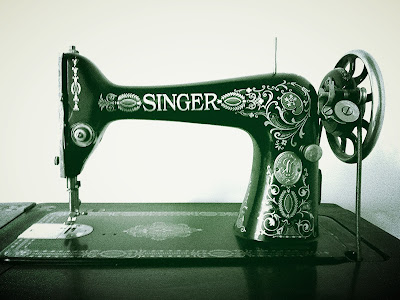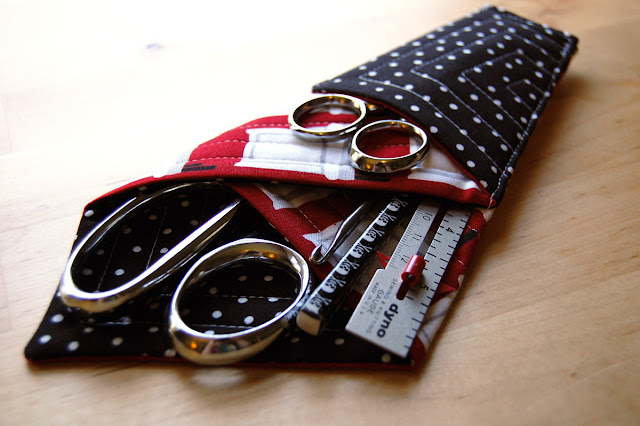300+ Years of Color Theory: Basic Color
This book is included in a reading list on the history of Color Theory. Find the homepage for the series here.
This is a brilliant book by Egbert Jacobson describing the Ostwald color system in great detail published in 1948.
Where other color theorists build a system on primaries (like the artist’s Red, Yellow and Blue system or the printer’s Cyan, Magenta and Yellow system), Ostwald builds his three-dimensional color system on the psychological human sensation of sight. These basics include an achromatic scale from white to black in the center, 24 pure hues of color along the equator, and regular mixtures of hues with black, white, and gray filling in the solid.
You can check back at my earlier post aboutOstwald’s system to see some of the basics from his own book. Jacobson’s book delves much deeper into the system and shows exactly how to use the system to find all kinds of color harmonies.
Although it’s not printed in perfect color, this book includes super cool printed triangles of each of the 24 colors in the wheel. Each is printed in both directions, allowing you to flip back pages to look at any 2 of the 24 colors symmetrically.
The author also shows at length how to diagram color harmonies with the Ostwald system, with examples for students to practice following, and in-depth charting of harmonies in the system from several famous works of art.
While some color systems with an achromatic axis plot hues to match with value (think Munsell), Ostwald keeps all hues in one equator in the solid. Jacobson says this works well because the chromatic quality of true hues is more important than lightness or darkness (seen as a separate sensation to Ostwald), and the hues in equal position make for the best comparison of equal-whites, equal-blacks, and gray series within the system.
Oswald’s system was first widely used as a teaching model to study color relationships and for color matching. But ultimately the Munsell system became the preferred system for both color matching (agriculture, archeology, education, environmental studies, geology, museology to name a few) and studying color relationships.
While some color systems with an achromatic axis plot hues to match with value (think Munsell), Ostwald keeps all hues in one equator in the solid. Jacobson says this works well because the chromatic quality of true hues is more important than lightness or darkness (seen as a separate sensation to Ostwald), and the hues in equal position make for the best comparison of equal-whites, equal-blacks, and gray series within the system.
Oswald’s system was first widely used as a teaching model to study color relationships and for color matching. But ultimately the Munsell system became the preferred system for both color matching (agriculture, archeology, education, environmental studies, geology, museology to name a few) and studying color relationships.
Personally, I really love the symmetry of the Ostwald system. Looking at each of the hues in the same form makes it easy to compare colors and look for harmonies throughout the whole system. It just makes for an incredibly ordered, pleasing system. Too bad it's not considered by more current authors to be a "correct" form of color system, but there have been some very beautiful works of art created directly from use of the Ostwald system.
For instance, work by Hannes Beckmann,
For instance, work by Hannes Beckmann,
And Ben Cunningham.
Even though the Ostwald system is seen as being a bit "wrong" in current times, artists were STILL able to use this system to create really beautiful work. The more I read about Color Theory, the more I come to understand that it's all relative when it comes to finding inspiration. When artists use one system or another to help spark their creative minds and imaginations and create good work, I'm not sure there can be an argument made over which system really is "correct" for this purpose.
If you’re interested in learning more about the Ostwald system, there are still several used copies of this book floating around online (at the time I'm writing this article, anyway!). If you look hard enough, you can find one!











Comments